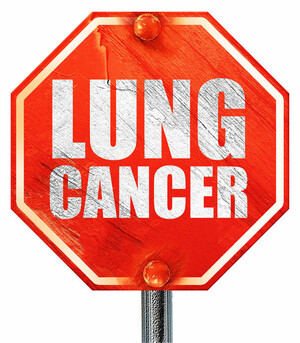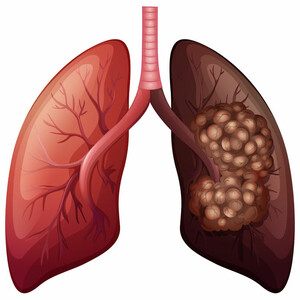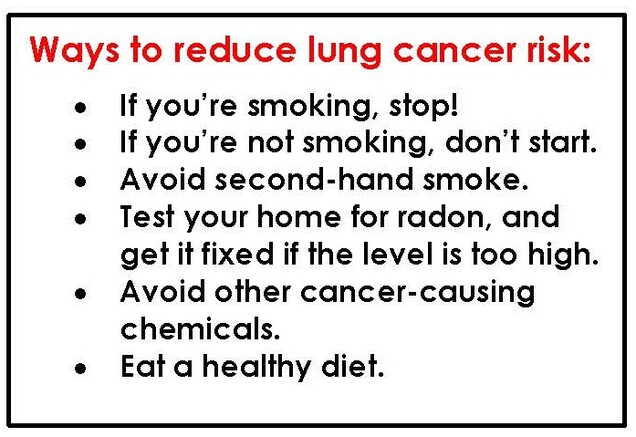- Adult Heart DiseaseDiseases of the arteries, valves, and aorta, as well as cardiac rhythm disturbances
- Pediatric and Congenital Heart DiseaseHeart abnormalities that are present at birth in children, as well as in adults
- Lung, Esophageal, and Other Chest DiseasesDiseases of the lung, esophagus, and chest wall
- ProceduresCommon surgical procedures of the heart, lungs, and esophagus
- Before, During, and After SurgeryHow to prepare for and recover from your surgery
November 15, 2016

Lung cancer is the number one cancer killer in the US. Unfortunately, one of the problems with providing effective therapy is that symptoms do not usually occur until the disease is advanced and treatment tends to be less effective. Symptoms of lung cancer may include:
- Coughing up blood
- Chest pain
- Changes in voice
- Worsening shortness of breath
- Recurrent infections that don’t seem to get better
Given this circumstance, much attention has been given to finding the disease at the earliest stage possible, before symptoms set in. One way to detect lung cancer is with screening, as explained in this blog by Dr. Doug Wood. Even more desirable, our ultimate aim would be to prevent lung cancer, so that it doesn’t develop at all.

So what can you do to prevent lung cancer?
There’s no sure way to prevent lung, cancer, but there are definitely very clear ways to reduce risk. The best way for most people to reduce lung cancer risk is to not smoke and to avoid second-hand smoke. Cigarette smoking is by far the most important risk factor for lung cancer, and risk increases with both quantity and duration of smoking. Cigar and pipe smoking also increase chances of getting lung cancer. About 87% of lung cancer deaths in men and 70% of lung cancer deaths in women are linked to smoking. The risk of developing lung cancer is about 25 times higher in smokers compared to lifelong nonsmokers.
Exposure to radon gas released from the soil and building materials is thought to be the second most common cause of lung cancer in the US, and it is probably the most common cause among nonsmokers. Radon can’t be seen, smelled, or tasted, but there are home radon detection kits available. Of course, in order to reduce or eliminate radon exposure, you need to find out if you’re already around too much radon. Check out the US Environmental Protection Agency website for details on how to test your home and where you can get a kit. If your home radon level is 4 pCi/L or greater, the EPA recommends getting the problem fixed and provides information on its website about how to find help.

Additional ways to minimize lung cancer risk include avoiding exposure to other cancer-causing chemicals. Asbestos, particularly among smokers, can be a risk factor for lung cancer. Fortunately, the government has placed regulations over the last several decades that have dramatically reduced the use of asbestos in commercial settings. Lung cancer is also linked to some metals, such as chromium, cadmium, and arsenic. Known occupational exposures that can increase risk include rubber manufacturing, paving, roofing, painting, and chimney sweeping. Of course, job changes to reduce cancer risk are not always realistic or feasible, but being aware of risk factors can help you make informed decisions.
Finally, following a healthy diet is always recommended to reduce risk of a variety of malignancies.

Importantly, we recognize that while we can do things to try and decrease the chance of getting lung cancer, there’s no absolute way to completely prevent its development. For that reason, I cannot overemphasize the importance of:
- QUITTING SMOKING if you’re currently smoking
- STAYING TOBACCO-FREE if you’ve already quit
- Getting LUNG CANCER SCREENING if you meet criteria
- SEEING YOUR DOCTOR right away if you have any concerning symptoms
Read more about lung cancer.
Read more blog articles.
The opinions expressed in this article are those of the author and do not necessarily reflect the views of The Society of Thoracic Surgeons.

